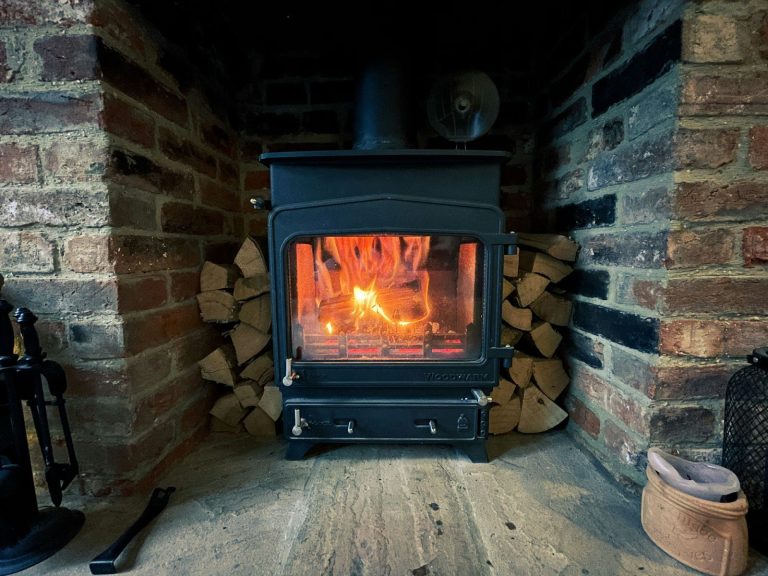With a staggering 364,000 Google searches for “log burner” in the past month, log burners are undeniably trending as the go-to heating solution for winter. But with rising energy costs and the winter chill setting in, are they a worthwhile investment when it comes to energy efficiency?
Experts at Bionic weigh in on whether this growing trend is more than just a cosy aesthetic, revealing the potential cost savings and benefits of switching to log burners for heating.
Log Burners are a cost-effective heating choice this winter
Log burners are gaining popularity not only for their charm and warmth but also for their energy-saving potential. In fact, by switching their primary heat source to wood, the average UK household could save between £260 and £720 a year, depending on their existing heating system’s age and efficiency.
Richard, a homeowner who made the switch, shared: “It doesn’t take any electricity to run a log burner, and they use natural materials like wood from local suppliers. Once heated, the cast iron keeps the room warm all night without needing electricity or gas.”
Why log burners are worth considering
-
Lower energy bills
Log burners offer a cheaper alternative to rising gas and electricity prices, allowing homeowners to cut costs by using more affordable wood. This reduces reliance on expensive utilities, especially during the colder months.
-
Targeted heating
Log burners efficiently heat specific rooms, reducing the need for central heating in unused areas. This focused heating approach lowers overall energy consumption and can lead to significant savings on bills.
-
A renewable fuel source
Wood is a renewable and sustainable resource, making log burners an eco-friendly choice. Unlike fossil fuels, burning wood helps reduce carbon footprints, contributing to a greener home.
Alternative energy-efficient heating tips
If a log burner isn’t the right fit for your home, here are other ways to boost energy efficiency and reduce heating costs:
Install Thermostatic Radiator Valves (TRVs)
TRVs allow you to control the temperature in individual rooms, directing heat where it’s needed most. By lowering the heat in rooms that are used less frequently, you can reduce energy use and lower your heating bills.
Lower the thermostat by one degree
Dropping your thermostat by just one degree can save around £100 annually for the average home. A simple adjustment can make a significant difference in reducing energy costs over time.
Insulate your home
Adding loft insulation to a depth of 270mm can prevent up to 25% of your home’s heat from escaping through the roof, leading to significant energy savings. Fully insulating your home—through the walls, underfloor, and attic—can reduce annual energy bills by as much as £700, making it a smart and cost-effective investment.


